
Winter mornings, especially when you’re behind the wheel of a cherished classic, can be truly memorable. The rumble of the engine, the unique feel of the road – it’s an experience unlike any other. However, this nostalgic journey can quickly turn into a frosty ordeal if your classic car’s heater decides to call it quits. As the crisp air bites and your breath fogs the windshield, you might find yourself longing for the days when warmth simply flowed from the vents.
Many classic car owners have faced this frustrating scenario. It’s not just an inconvenience; it can genuinely detract from the joy of driving a vintage vehicle. Having spent years meticulously working on these beautiful machines, and listening to countless tales of chilly commutes, it’s clear that a non-functional heater is a common, yet often perplexing, problem. But don’t despair; these issues are frequently fixable, and understanding them is the first step toward restoring that cozy cabin comfort.
Unlike modern cars with their complex electronic systems, classic car heaters, generally from the 1950s to the 1980s, operate with a charming simplicity. This simplicity, however, means they rely on components and mechanisms that require a slightly different approach to diagnosis and repair. We’re talking about mechanical cable controls, vacuum actuators, and manual heater control valves – parts you rarely encounter in cars made this century. So, let’s dive into the most common reasons why your classic ride’s heater might be giving you the cold shoulder and how to tackle them.
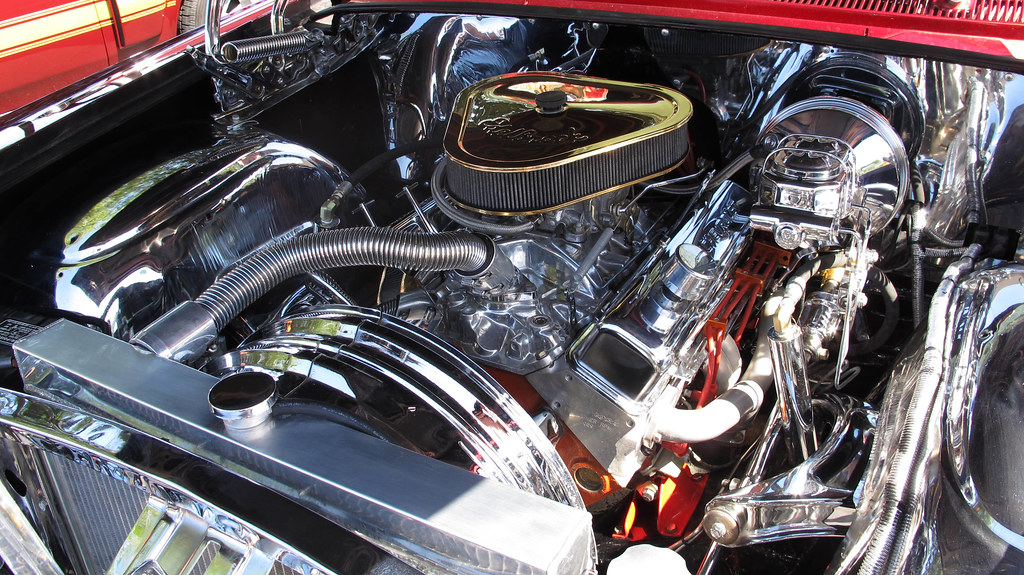
1. **Engine Not Warming Up Sufficiently**One of the fundamental requirements for your car’s heater to produce warmth is that the engine itself needs to reach its optimal operating temperature. Without a sufficiently warm engine, there simply isn’t enough heat for the coolant to absorb and transfer to the cabin. This issue can sometimes manifest if you primarily take very short trips, especially in bitterly cold weather, as the engine doesn’t get the chance to properly warm up.
The thermostat plays a crucial role in this process, regulating coolant flow to help the engine warm up quickly and then maintain its ideal temperature. If the engine’s temperature gauge stays stubbornly low, even after driving for a while, it could indicate that the engine isn’t reaching the necessary warmth for the heater to function effectively. This lack of engine warmth means the coolant isn’t getting hot enough, leading to cold air from the vents.
This problem can also be exacerbated by external factors, such as extremely low ambient temperatures, which make it harder for the engine to retain heat. While the solution might sometimes be as simple as driving your car a bit longer to allow the engine to warm up fully, if the problem persists, it usually points to a more specific component failure, often involving the thermostat or coolant circulation issues. Addressing the underlying cause ensures the engine operates at its correct temperature, which is essential for both the heater and overall engine health.
Read more about: The Critical Mistake: Why Prolonged Idling in Winter is Destroying Your Car’s Engine and How to Protect It
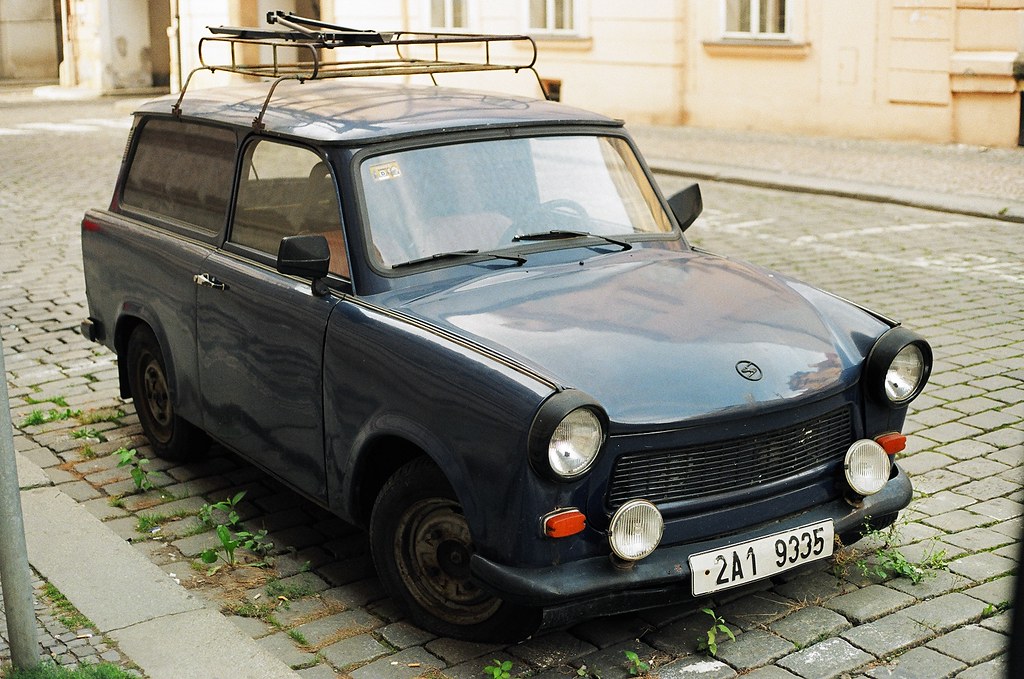
2. **Low Coolant Level**Your classic car’s heater relies entirely on engine coolant to generate warmth inside the cabin. This vital fluid circulates through the engine, absorbing heat, and then passes through the heater core, where that heat is transferred to the air blowing into your car. If the coolant level is low, there simply isn’t enough fluid to circulate effectively through the heater core, leading to a noticeable reduction or complete absence of heat.
A low coolant level is often an easy issue to check and, in some cases, a straightforward fix. You can pop the hood and inspect the coolant reservoir, looking for the level to be between the minimum and maximum marks. If it’s low, topping it off with the correct mix of coolant and distilled water is the immediate step. However, it’s crucial to perform this check when the engine is cool to avoid serious injury from hot, pressurized coolant.
It’s important to understand that low coolant levels typically don’t occur without a reason. Often, it’s a symptom of a larger problem, most commonly a leak somewhere in the cooling system. This could be a cracked hose, a hole in the radiator, a faulty water pump, or a leaking heater core itself. Ignoring persistently low coolant levels means ignoring a potential leak that could lead to engine overheating and significant damage, making it a critical item to address promptly.
Read more about: 13 Simple Ways to Extend Your Car’s Transmission Life by 50,000 Miles

3. **Air Trapped in the Cooling System**Following closely on the heels of low coolant, air pockets trapped within your classic car’s cooling system can significantly disrupt the flow of coolant to the heater core. Coolant needs to circulate freely and completely to transfer heat efficiently. When air gets into the system, it can create blockages or “air locks” that prevent hot coolant from reaching essential components, including the heater core.
This issue most commonly arises after a coolant flush, a repair to the cooling system, or when the system has been drained for maintenance. If the system isn’t properly refilled and “bled” – meaning all the air is purged – these air pockets can persist. The presence of air prevents the continuous flow of liquid, which is crucial for effective heat transfer, resulting in your heater blowing only lukewarm or completely cold air.
Diagnosing trapped air might involve observing if your heater started acting up immediately after any cooling system service. The fix for this problem typically involves “bleeding” the cooling system, a process where air is methodically removed. This often requires running the engine with the radiator cap off (or with a special bleeding funnel) and allowing the air to escape as the engine warms up and coolant circulates. Successfully bleeding the system can restore proper coolant flow and, in turn, your heater’s functionality.
Read more about: 14 Essential Strategies: Guarding Your Car’s Finish Against Summer’s Extreme Heat and Harmful UV Rays

4. **Clogged Heater Core**The heater core acts as a miniature radiator nestled within your classic car’s dashboard, specifically designed to transfer heat from the engine coolant to the air entering the cabin. It’s a critical component, but over time, it’s susceptible to becoming clogged with rust, sediment, or debris that accumulates within the cooling system. This accumulation often results from neglected coolant flushes or particles bypassing other filters in the system.
When the heater core becomes blocked, hot coolant can no longer flow effectively through its intricate tubing. This significantly reduces its ability to transfer heat to the passing air, leaving you with cold or only lukewarm air from the vents, even when the engine is fully warmed up. A clogged core restricts coolant flow, hindering the heater’s primary function.
Beyond just cold air, a clogged or failing heater core can present other telltale symptoms. You might notice a distinctive sweet, syrupy smell inside the cabin, which is a sure sign of a coolant leak from the core. Foggy windows, caused by coolant vapor, are another strong indicator. In some severe cases, you might even find coolant puddles on the passenger-side floor, confirming a leak. Repairing a heater core can be a labor-intensive job, often requiring partial or full removal of the dashboard, making it one of the more costly heater repairs. Flushing the heater core with a garden hose at low pressure can clear minor blockages, but severe clogs or leaks will necessitate a replacement.
Read more about: Engine Enemies: The 13 Worst Fluids You Should Never Mix in Your Car’s Vital Systems
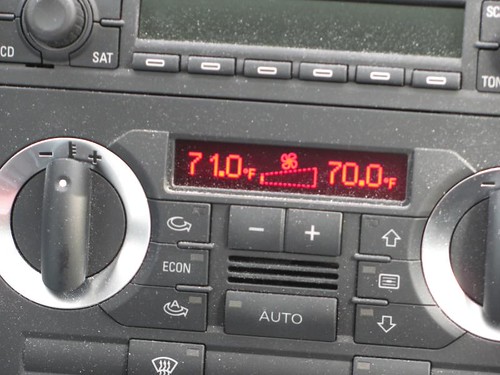
5. **Faulty Thermostat**Often dubbed the “traffic cop” of your engine’s cooling system, the thermostat plays a vital role in regulating engine temperature and, by extension, your car’s heating system. It’s designed to stay closed when the engine is cold, allowing the engine to warm up quickly. Once the engine reaches its optimal operating temperature, typically between 180°F and 195°F, the thermostat opens, permitting coolant to circulate through the radiator to prevent overheating.
A faulty thermostat can lead to two primary issues, both detrimental to your heater’s performance. If the thermostat gets stuck in the open position, coolant continuously circulates through the radiator, preventing the engine from ever reaching its optimal operating temperature. This means the coolant flowing to the heater core will never get hot enough to provide cabin warmth, resulting in persistent cold air from the vents.
Conversely, if the thermostat gets stuck closed, it restricts coolant flow entirely, causing the engine to rapidly overheat. While this might seem like it would produce plenty of heat for the cabin, the system is designed to protect the engine, and the heater might still blow cold air or inconsistent heat as a result of the overall system imbalance. Symptoms of a bad thermostat often include a temperature gauge that stays stubbornly low (stuck open) or fluctuates wildly, along with the obvious lack of heat. Fortunately, replacing a thermostat is usually a straightforward and relatively inexpensive repair, often restoring proper engine temperature regulation and heater function.
Read more about: Unlock Your Savings: 13 Simple Lifehacks to Boost Your Car’s MPG and Cut Fuel Costs by 15%

6. **Blower Motor Problems**Even if your classic car’s heater core is receiving plenty of hot coolant and doing its job, you won’t feel any warmth in the cabin without a functional blower motor. This essential component is responsible for pushing the air, whether heated or cooled, through your car’s vents and into the interior. If the blower motor isn’t working, or isn’t working correctly, the heat remains trapped within the dashboard, unable to reach you.
Blower motor issues can manifest in several ways. You might experience a complete absence of air movement from the vents, hot or cold, regardless of the fan speed setting. Alternatively, you might find that the fan only works on its highest setting, or that the airflow is weak and inconsistent across different speeds. Unusual squealing, rattling, or grinding noises coming from behind the dashboard when the heating system is activated can also point to a failing motor.
The problem isn’t always with the motor itself. Sometimes, the issue can be as simple as a blown fuse or a faulty relay in the electrical circuit powering the blower. If the fan only works on “High,” it’s a strong indicator that the blower motor resistor has failed, which is typically an easy and cheap part to replace. However, if the motor itself is mechanically failing or its wiring is corroded, it will need to be repaired or replaced. While some blower motors are relatively accessible, others can be deeply buried within the dashboard, potentially making it a more involved repair.
Read more about: Why Your Car’s AC Is Struggling: A Comprehensive Guide to Diagnosis and DIY Fixes
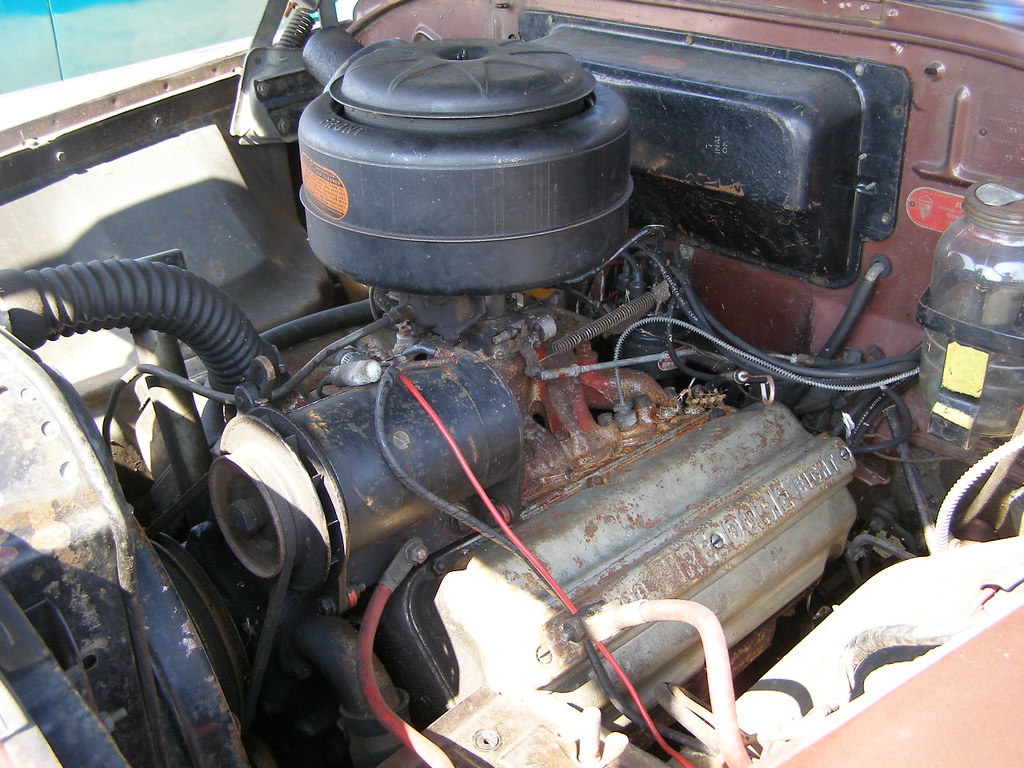
7. **Compromised Heater Hoses**Beyond the heater core, the hoses carrying hot coolant to and from it are fundamental to your classic car’s heating system. These hoses are pathways for vital, heat-carrying engine coolant, connecting the engine’s cooling system to the heater core in the dashboard. Their integrity is paramount, as compromise affects cabin heat and, critically, engine health.
Over time, especially in vintage vehicles, rubber heater hoses become brittle, hardened, or spongy. Constant exposure to heat, pressure, and coolant, combined with age, leads to degradation. This often results in cracks, bulges, or leaks that allow coolant to escape. Even small, persistent leaks gradually reduce coolant levels, leading to insufficient hot coolant at the heater core and cold air from vents.
Furthermore, severe hose failure, like a burst, causes rapid coolant loss, risking immediate engine overheating and catastrophic damage. Symptoms include visible coolant leaks near the firewall or engine, a distinctive sweet coolant smell inside or outside, or persistently low coolant levels in the reservoir.
Visually inspect hoses for cracking, swelling, or fraying. After the engine warms up, carefully feel them (with extreme caution due to heat/pressure) for weakness. Replacing old, brittle, or leaking hoses is simple, highly recommended preventative maintenance. Partially drain coolant, remove old clamps and hoses, clean fittings, then install new hoses with fresh clamps. Use vintage-specific hoses for correct fitment and durability. This proactive step prevents costly coolant loss, protects your engine, and ensures consistent cabin heat.
Read more about: The Gold Standard vs. The Graveyard: A Deep Dive into 10 Used Crossovers Dealers Love (and Loathe)
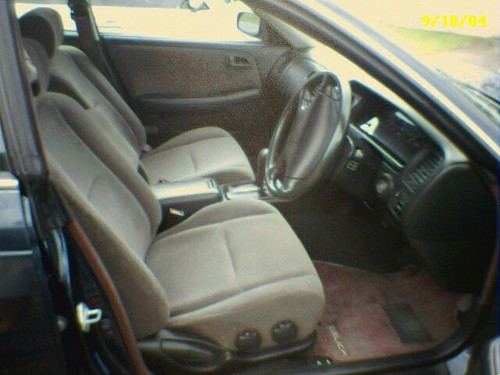
8. **Clogged Cabin Air Filter**Often overlooked, and sometimes absent in earliest classics, the cabin air filter significantly impacts heating and ventilation, especially in later models or with retrofits. While not directly generating heat, its primary role is to prevent dust, pollen, and debris from entering the passenger compartment, ensuring cleaner air. However, over time, this filter can become severely clogged.
When clogged, the cabin air filter acts as a significant barrier, restricting the air volume the blower motor pushes through the heating system. Even with a hot heater core and vigorous blower motor, a blocked filter prevents warm air from effectively reaching the cabin. This results in reduced airflow from vents, making the heating system feel weak, regardless of temperature setting. You might also notice a musty or stale smell as trapped debris accumulates moisture and odors.
Diagnosing a clogged cabin air filter is straightforward, often an easy fix for underperforming heaters. Its location varies, commonly behind the glove compartment, under the dashboard, or near the windshield cowl. A simple visual inspection quickly reveals if the filter is dark, heavily soiled, or obstructed with leaves, insects, and debris. If it looks anything but clean and free-flowing, it needs changing.
Replacing a clogged cabin air filter is typically a simple DIY task, requiring minimal tools. It’s a quick, inexpensive way to immediately improve airflow and heating system effectiveness. Regular inspection and replacement, ideally annually or every 12,000-15,000 miles, prevents airflow restrictions, enhances heating performance, and ensures fresh, clean air. This contributes to a more comfortable and healthier driving experience for you and your passengers.
Read more about: The Savvy Driver’s Guide: 11 Common Car Repairs Mechanics Recommend That You Likely Don’t Need
Bringing warmth back to your classic isn’t just about comfort; it’s about preserving the full joy of driving a piece of automotive history, even through the chilliest months. While these beautiful machines operate with a charming simplicity that often feels more intuitive than modern vehicles, they still require attention and understanding. Tackling these common heater issues, whether through a simple DIY fix or with the help of a trusted professional, means ensuring that your cherished ride remains a reliable, cozy companion for every journey. Don’t let a cold cabin diminish your passion for vintage motoring; embrace the challenge, apply these proven fixes, and soon you’ll be enjoying warm, clear drives all winter long, making every classic car outing a pleasure and a testament to your dedication.



